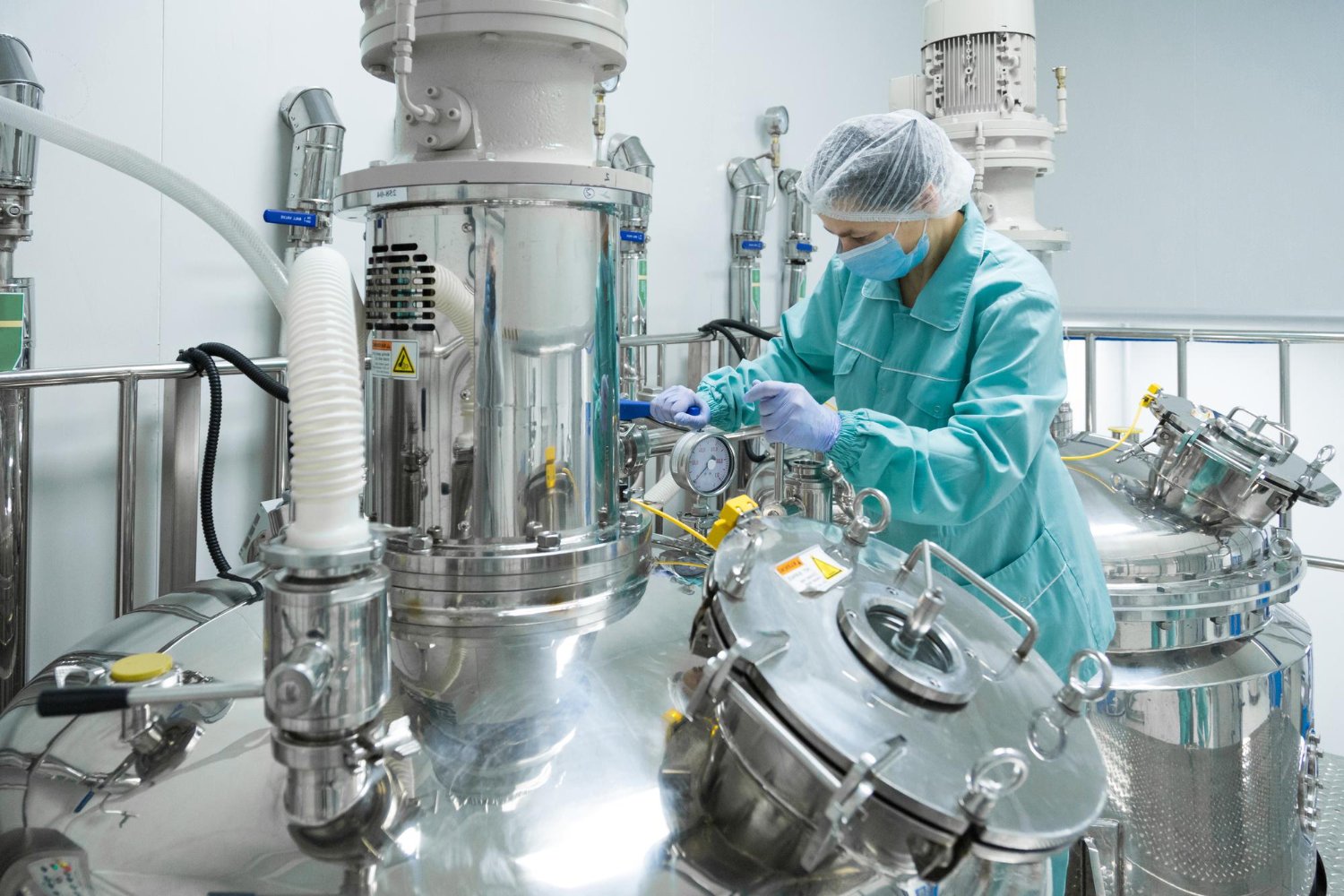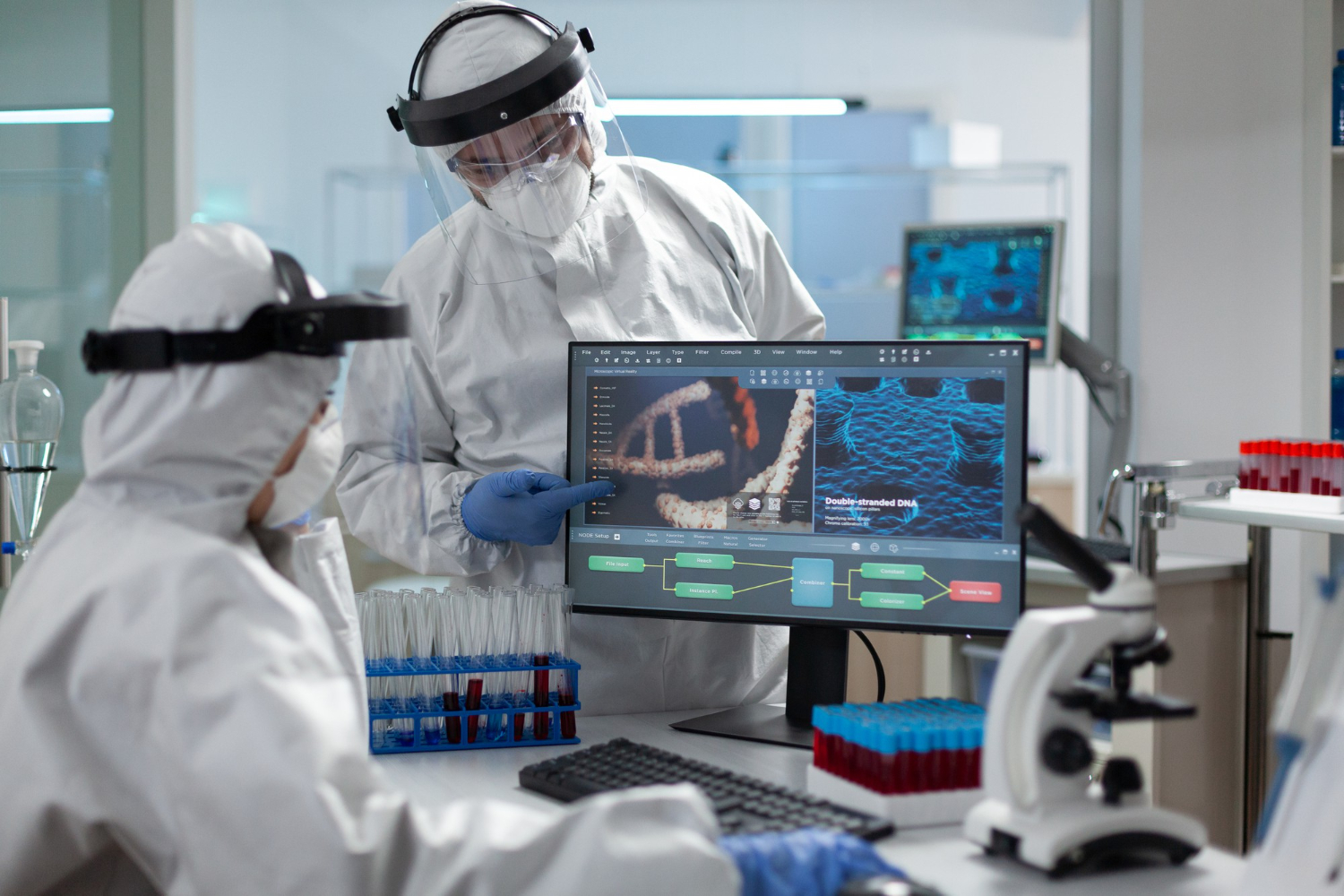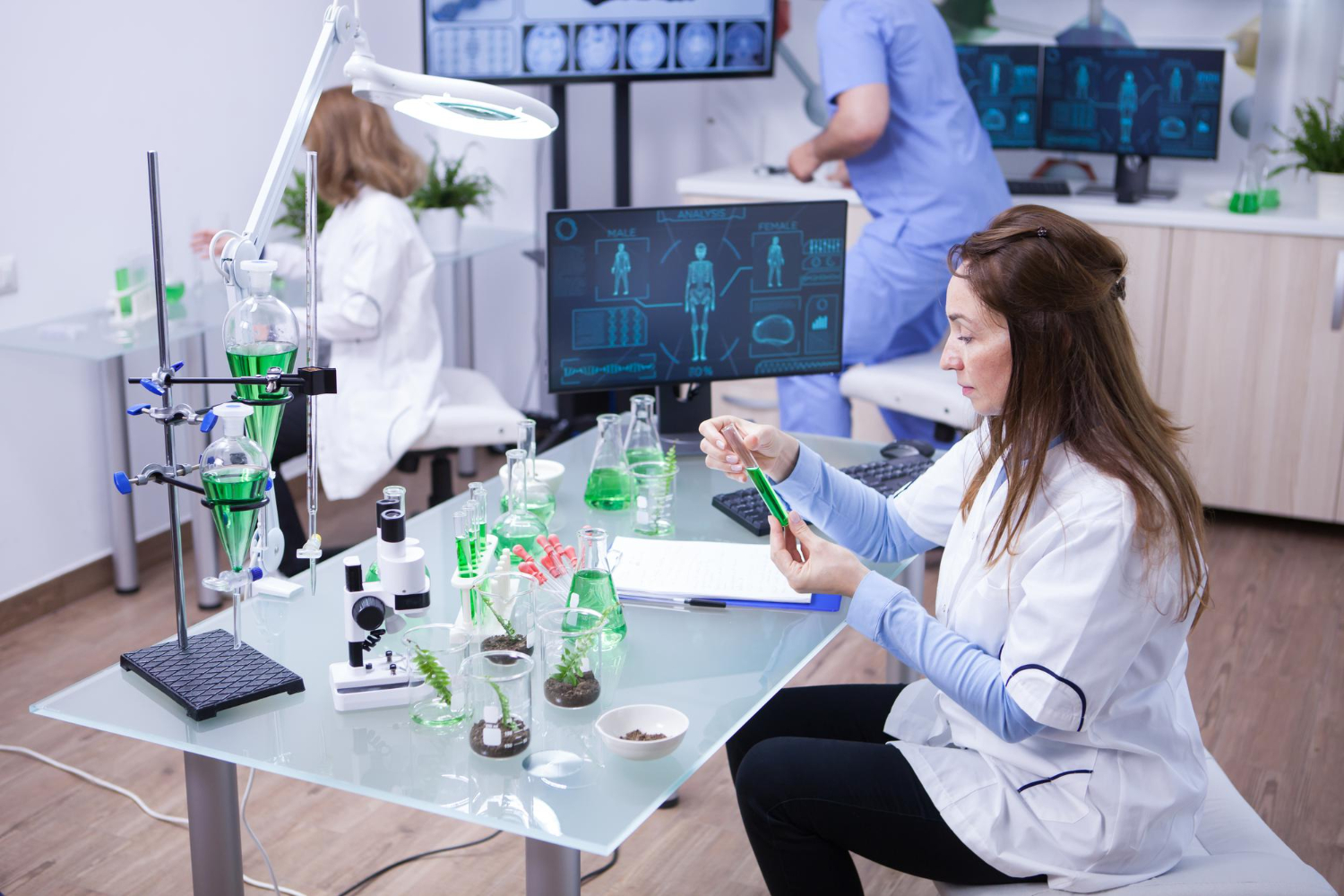Fill-finish technologies are essential in pharmaceutical manufacturing. They ensure that drug products are filled accurately and packaged under sterile conditions. The fill-finish process is the final stage before medicines reach patients, making it critical for safety and compliance. Pharmaceutical companies invest heavily in advanced systems to maintain the highest standards of quality.
Modern fill-finish operations combine precision engineering with automated control systems. These technologies reduce human error and improve efficiency across manufacturing processes. Whether filling vials, preparing pre-filled syringes, or handling gene therapies, the goal remains the same: ensure sterility and deliver high-quality products.
The Importance of Aseptic Processing
Aseptic processing is the backbone of fill-finish technology. It prevents contamination during the filling process and protects patient health. Drug products, especially biologics and gene therapies, are highly sensitive. Even minor exposure to contaminants can compromise efficacy and safety.
Manufacturers use controlled environments and advanced filtration systems to maintain sterility. Automated fill lines minimise manual intervention, reducing the risk of contamination. Every step in the fill-finish process follows good manufacturing practices to meet regulatory standards.
How Fill-Finish Operations Work
Fill-finish operations involve several stages. First, containers such as vials or syringes are sterilised. Next, the drug product is filled using precision pumps and monitored by sensors. Finally, containers are sealed and labelled for distribution. Each stage requires strict quality control to ensure compliance.
Control systems play a vital role in maintaining accuracy. They monitor parameters like pressure, temperature, and fill volume in real time. When deviations occur, corrective actions are triggered immediately. This proactive approach prevents errors and maintains consistency across batches.
Read more: Vision Technology in Medical Manufacturing
Advanced Technologies Driving Efficiency
Modern fill-finish technologies integrate robotics and AI-powered monitoring. Automated systems handle repetitive tasks, reducing reliance on manual labour. Machine vision systems inspect containers for defects, ensuring that only high-quality products move forward. These innovations improve speed and reliability in pharmaceutical manufacturing.
Pre-filled syringes are a growing trend in the industry. They offer convenience and reduce dosing errors. Advanced filling processes ensure that these syringes meet strict sterility requirements. Manufacturers also optimise batch sizes to balance efficiency with flexibility, especially for personalised medicines and small-scale gene therapies.
Quality Control and Compliance
Quality control is non-negotiable in fill-finish operations. Regulatory bodies require detailed documentation of every step in the manufacturing process. Automated systems generate audit-ready reports, including data from sensors and vision inspection tools. This transparency supports compliance and builds trust with regulators.
Contract manufacturing organisations also rely on advanced fill-finish technology to meet client expectations. They must deliver consistent results across diverse product portfolios. Robust quality control frameworks ensure that all drug products meet global standards.
Predictive Analytics for Smarter Fill-Finish Planning
Predictive analytics is reshaping how pharmaceutical manufacturing manages fill-finish operations. Instead of reacting to bottlenecks or deviations, manufacturers can anticipate issues before they occur. Advanced algorithms analyse historical production data, batch sizes, and equipment performance to forecast potential risks. These insights allow teams to optimise schedules, reduce downtime, and maintain consistent output.
For example, predictive models can estimate when a filling process might drift from target specifications. By monitoring trends in pressure, temperature, and fill volume, systems trigger alerts before errors impact product quality. This proactive approach ensures sterility and compliance while reducing waste. It also helps manufacturers plan maintenance for fill lines, avoiding costly disruptions during critical production runs.
Predictive analytics also supports demand forecasting. By predicting future requirements for vials filled or pre-filled syringes, companies can adjust batch sizes and resource allocation. This flexibility is vital for gene therapies and personalised medicines, where production volumes vary significantly.
Read more: Predictive Analytics Shaping Pharma’s Next Decade
Cost Benefits of Advanced Fill-Finish Technologies
Investing in advanced fill-finish technologies delivers significant cost advantages for pharmaceutical manufacturing. Traditional filling processes often involve manual intervention, frequent downtime, and high rejection rates due to variability. These inefficiencies increase operational expenses and delay product delivery. Modern systems address these challenges through automation, predictive analytics, and integrated quality control.
Reduced Waste and Rework
Automated fill lines and vision inspection systems minimise errors during aseptic filling. By detecting deviations in real time, manufacturers prevent defective batches from progressing through the production cycle. This reduction in waste translates into lower material costs and improved resource utilisation.
Optimised Labour Costs
Robotics integration reduces reliance on manual labour for repetitive tasks such as vial loading, sealing, and labelling. Skilled operators can focus on oversight and process optimisation rather than routine handling. This shift lowers labour costs while maintaining compliance and sterility.
Improved Equipment Utilisation
Predictive analytics enhances equipment efficiency by forecasting maintenance needs and preventing unplanned downtime. Scheduled interventions reduce costly disruptions and extend the lifespan of critical machinery. Manufacturers achieve higher throughput without investing in additional capacity.
Scalable Production for Diverse Batch Sizes
Flexible fill-finish systems accommodate varying batch sizes, from large-scale biologics to small personalised therapies. This adaptability eliminates the need for multiple dedicated lines, reducing capital expenditure and simplifying operations.
Faster Time-to-Market
Automation and real-time quality control accelerate production cycles. Shorter lead times improve responsiveness to market demand and reduce inventory holding costs. For high-value products like gene therapies, this speed provides a competitive edge and maximises revenue potential.
Read more: AI in Pharma Quality Control and Manufacturing
Robotics Integration for Precision and Efficiency
Robotics integration is driving automation in fill-finish technology. Robotic arms equipped with vision systems handle aseptic filling and assembly verification with unmatched precision. These systems reduce human error and maintain the highest standards of quality across manufacturing processes.
In high-speed environments, robots streamline repetitive tasks such as loading containers, sealing vials, and labelling drug products. Combined with AI-powered vision inspection, they verify each step in real time. When anomalies occur, robots can pause operations and request corrective actions, ensuring compliance without halting the entire production line.
Robotics also supports scalability. As demand for complex biologics and gene therapies grows, automated fill-finish operations can increase throughput without compromising sterility. Manufacturers achieve consistent quality while meeting tight timelines for product manufacturing.
Compliance Frameworks and Regulatory Assurance
Compliance remains a cornerstone of pharmaceutical manufacturing. Regulatory bodies require detailed documentation of every stage in the fill-finish process. Automated control systems simplify this task by generating audit-ready reports that include sensor data, inspection images, and timestamps.
Vision inspection tools integrated with robotics provide verifiable proof of quality control. These systems ensure that filling processes meet good manufacturing practices and global standards. Automated compliance frameworks also address data integrity and security. Sensitive production data is encrypted and stored securely, reducing the risk of breaches.
For contract manufacturing organisations, robust compliance systems are essential. They guarantee transparency for clients and regulators while supporting efficient operations. By combining predictive analytics, robotics, and automated reporting, manufacturers create a resilient framework that balances innovation with accountability.
Future Trends in Fill-Finish Technology
The next decade will redefine fill-finish operations through advanced automation, digitalisation, and adaptive manufacturing strategies. One major trend is the rise of fully integrated smart lines. These systems will combine robotics, predictive analytics, and real-time monitoring into a single platform. Manufacturers will move from static batch production to dynamic, data-driven workflows that adjust instantly to changing conditions.
Flexible fill lines will become standard, especially for gene therapies and personalised medicines. These products require small batch sizes and rapid turnaround. Adaptive control systems will allow quick changeovers between formats such as vials, cartridges, and pre-filled syringes without compromising sterility. This flexibility will reduce downtime and improve responsiveness to market needs.
Digital twins will also play a key role. By creating virtual models of fill-finish processes, manufacturers can simulate scenarios, optimise parameters, and predict failures before they occur. Combined with AI-driven analytics, these simulations will enable proactive decision-making and continuous improvement.
Sustainability will influence future designs. Energy-efficient equipment, reduced waste, and eco-friendly packaging will align with global environmental goals. Manufacturers will integrate these practices without sacrificing compliance or quality.
Finally, regulatory frameworks will evolve to accommodate advanced automation and data-driven validation. Real-time release testing and continuous quality verification will replace traditional batch-based checks, accelerating product delivery while maintaining safety.
Read more: Generative AI for Drug Discovery and Pharma Innovationv
TechnoLynx: Your Partner for Advanced Fill-Finish Solutions
TechnoLynx helps pharmaceutical companies implement cutting-edge fill-finish technologies. We design systems that combine aseptic filling, automated control, and real-time quality monitoring. Our solutions support vials filled, pre-filled syringes, and complex biologics with precision and compliance.
We provide customised platforms tailored to your manufacturing process. Our team ensures seamless integration with existing operations and offers ongoing support. With TechnoLynx, you gain a partner committed to improving efficiency, ensuring sterility, and maintaining the highest standards of quality in pharmaceutical manufacturing.
Contact TechnoLynx and let us help you achieve precision, compliance, and cost efficiency at scale!
Image credits: Freepik













